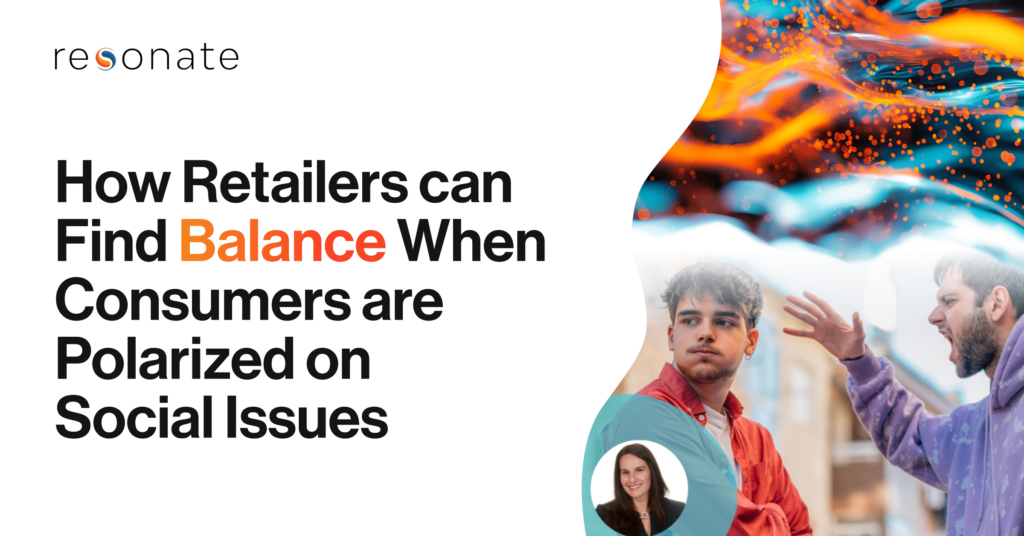A look at how marketers can move beyond basic demographics and behavioral data to explore the human elements of their customers & prospects and create superior brand experiences.
Do you know your customers and prospects?
You’re probably nodding your head yes. And to a certain extent, you’re right.
We as marketers have come pretty far in our understanding of consumers. Nowadays we can tell you who they are (name, email, demographics), what they did (visited a webpage, bought a product, clicked an ad), when they did it (time and day), how they did it (desktop, iPhone, tablet), and yes sometimes even where (geolocation). However, the one thing that continues to elude us is perhaps the most important. The missing piece of the puzzle. The WHY.
Why do they do the things they do? Why do they buy certain products or support certain causes versus others? What are their preferences, what motivates them, what do they value, and not just as consumers but as actual people?
The Data Dilemma
We are awash in data, yet still struggling to understand customers and prospects on a human level. And this is where marketing technologies have failed us. Demographic data, transactional data, behavioral data. While all valuable, it doesn’t provide the insights necessary to unlock the human elements of our customers. The elements that allow us to effectively engage with them. The intelligence that describes their why.
For example, take a look at these two ecommerce client personas:
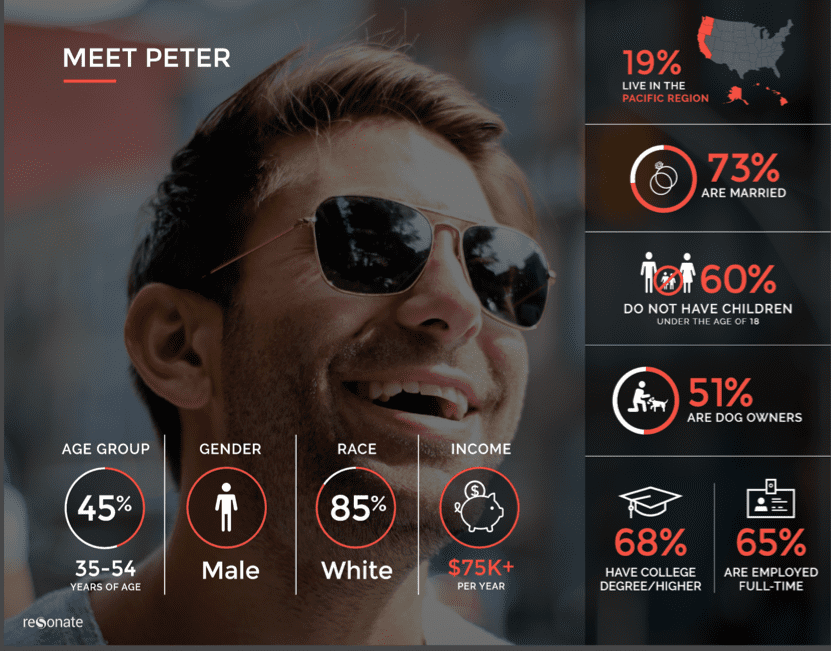
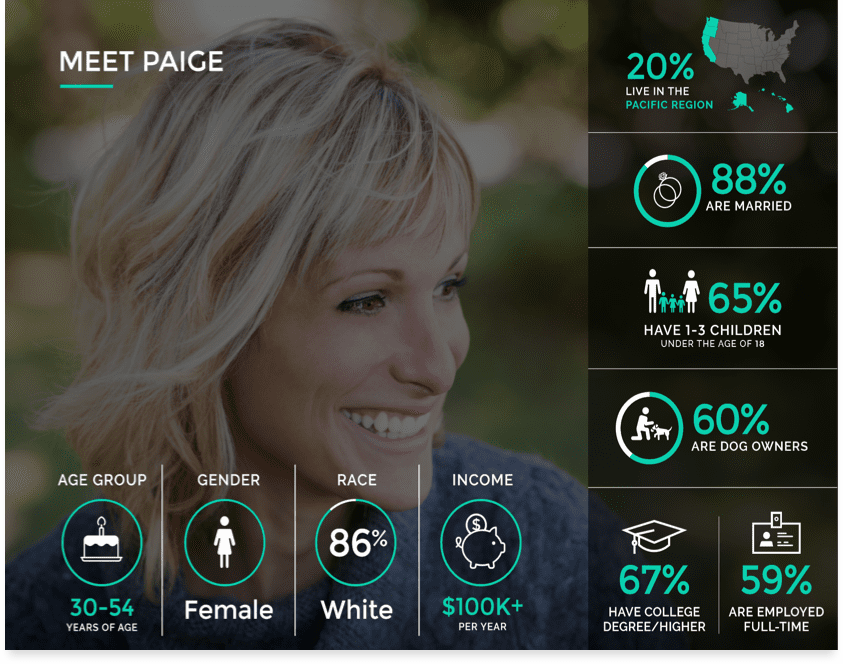
Peter and Paige. Two pretty standard customer profiles, complete with a variety of demographics to give you a good sense of who these Peter and Paige personas are. (And it’s worth noting, that getting this level of detail usually takes marketers an extensive amount of time and resources.)
Is it interesting? Yes. Is it insightful? Not really.
At this level of customer understanding we’re really just scratching the surface. Besides gender, these Peter and Paige characters are pretty much the same. And we still have no idea say why ‘Paige’, a married, 30-54-year-old, college-educated female, did not complete her last two online purchases.
Uncovering the People Behind the Page
But when you take these basic profiles and start to layer on more human attributes (like personal values, psychological drivers, hobbies, daily routines and product preferences) the personas really start to come alive. And we can begin to see Peter and Paige as not just demographics, or devices, or actions… but as people.
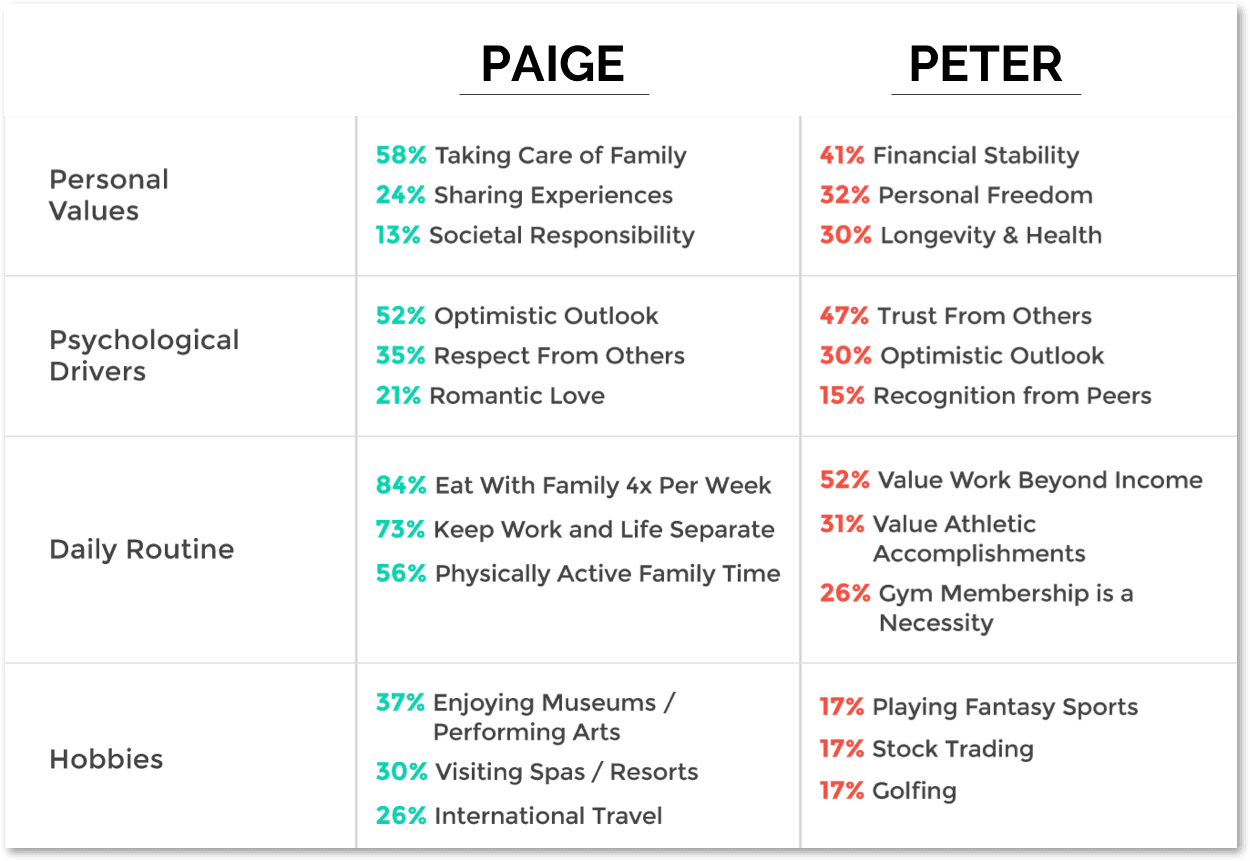
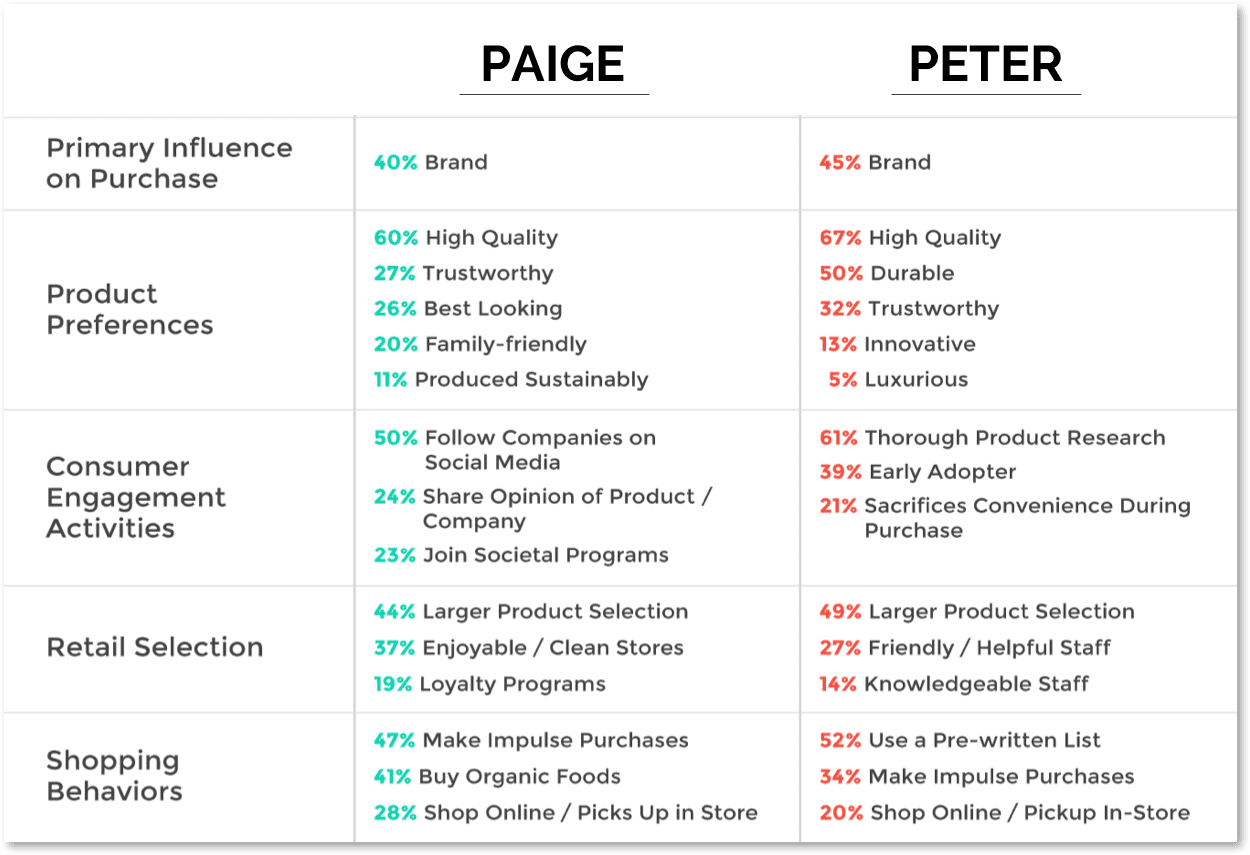
I think we can all agree that there’s a big difference between marketing to ‘Paige’, a married, 30-54-year-old, college-educated female versus ‘Paige’, a married, 30-54-year-old, college-educated female who values carving out dedicated family time, buying high quality items, organic whenever possible, enjoys the arts and is a known impulse buyer.
Now we can start to extract the types of valuable insights needed to inform messaging, creative and even product strategies. We can fine tune our campaigns based upon a much richer understanding of the people we’re trying to persuade to act. The people behind the device, behind the click, behind the purchase. We can actually achieve Martech’s promise of human, 1:1 engagement.
Because when we understand the why for each and every one of our customers and prospects we can unlock more effective communications, more profitable customer relationships and stronger brand experiences.
Download Forrester’s newest report on the “Future of Marketing Insights” to learn how marketing leaders are using data and analytics to improve customer interactions.

